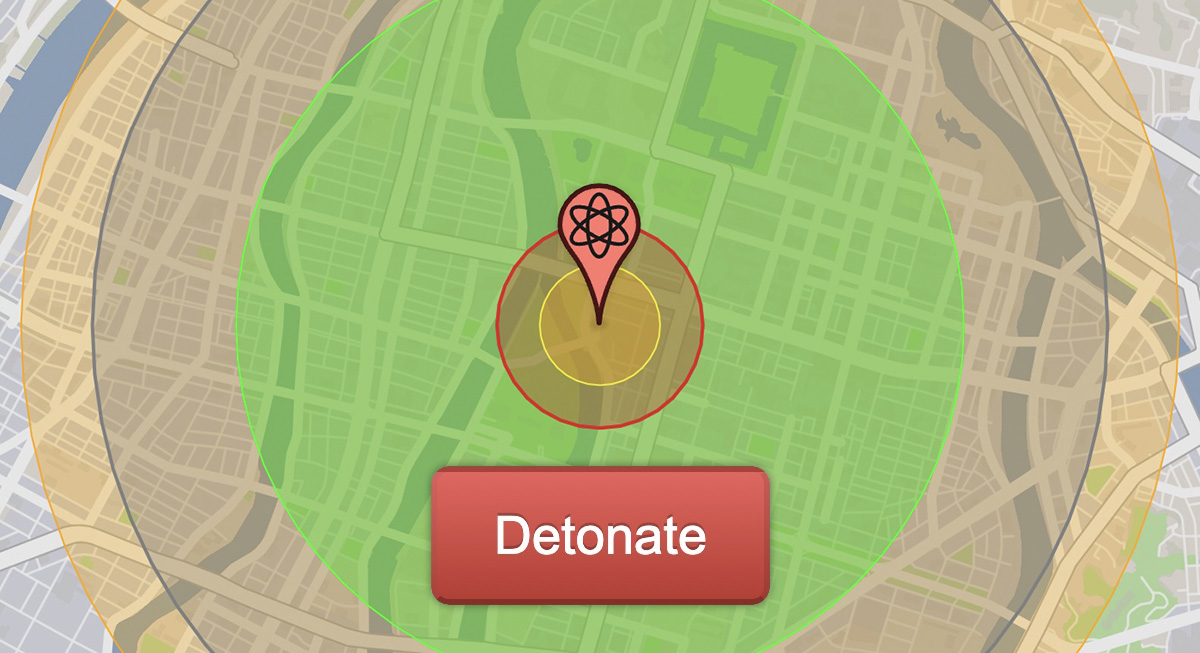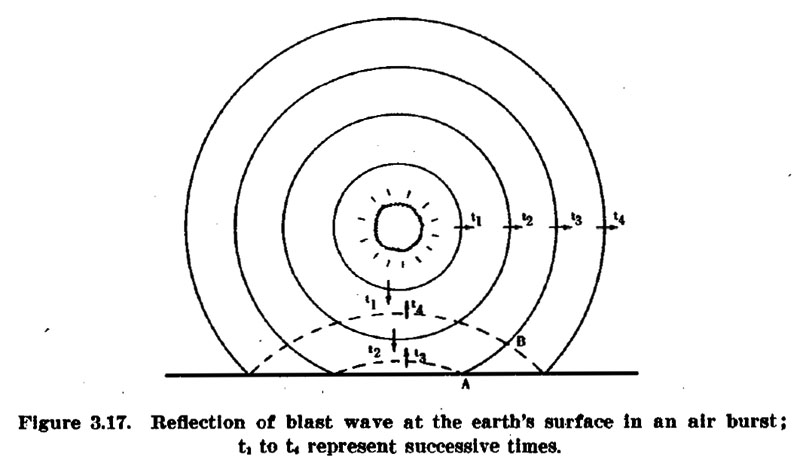Scott Kenny
ACCESS: USAP
- Joined
- 15 May 2023
- Messages
- 11,668
- Reaction score
- 14,380
Didn't R4Ms have an acoustic proximity fuze, tuned to the 200hz sound of a B17**? B29s have a different engine tonal, so the Germans would have to get that frequency to set the prox fuze for B29s.As to R4M rockets, how many R4M rockets can be built for every V-1 and/or for every Me-163? There were 30,000 V-1 built, so if 10 R4Ms can be built for every V-1, that's 300,000 R4M rockets, though that might be too conservative. Perhaps say 500,000 is more realistic. By the same metric, if we have the 6000 V-2s converted to R4Ms instead, considering that it cost about 20 (!) times more than V-1 to built, then that would be 6 to 10 million R4M rockets, so we actually got to the number in the OP. However, for the rockets to have an impact they need to be ready 1 year earlier.
** That's a very distinctive sound, if you're outside and ever hear an odd almost musical sound that's basically constant pitch, LOOK UP! You'll almost certainly see a B17.


